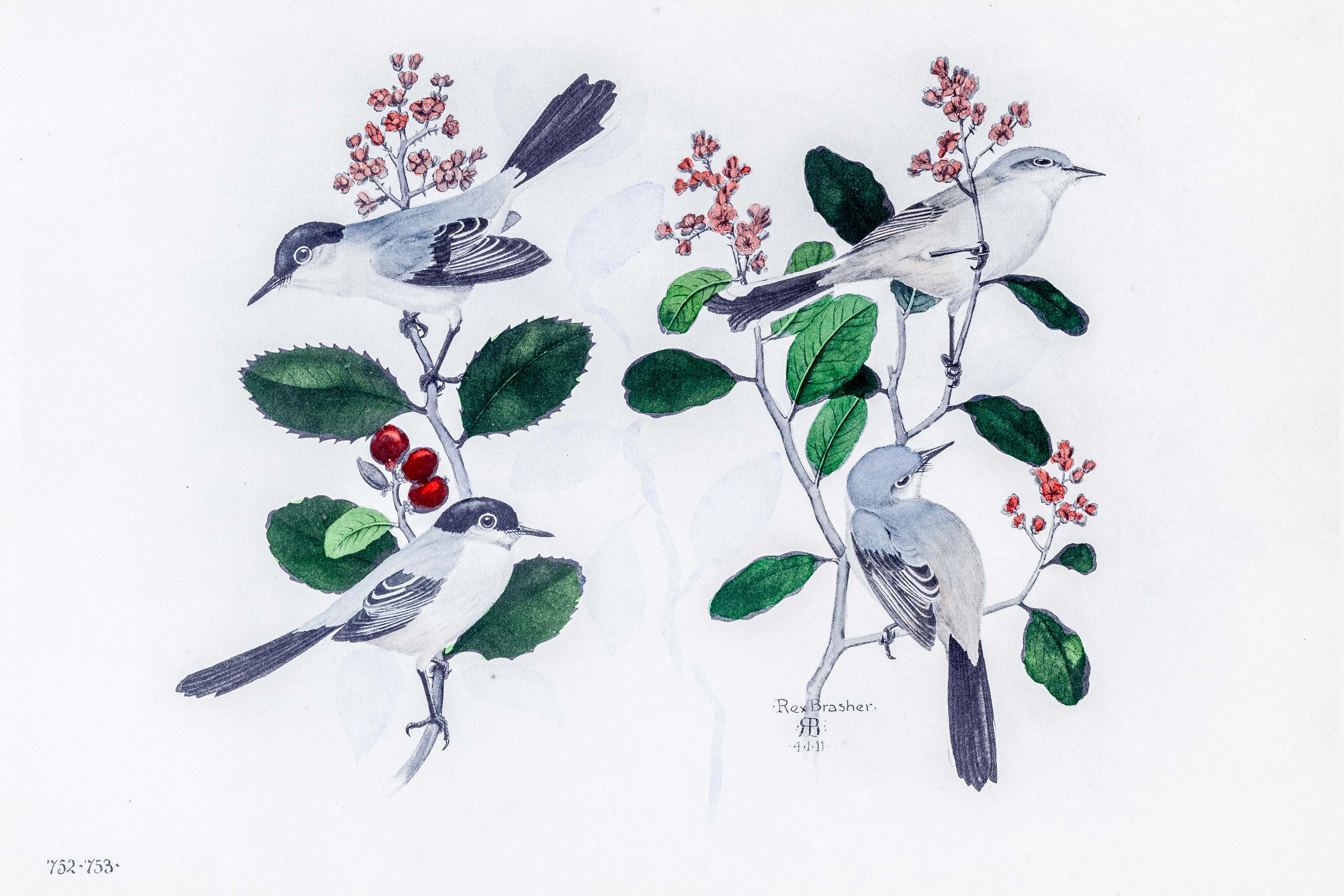
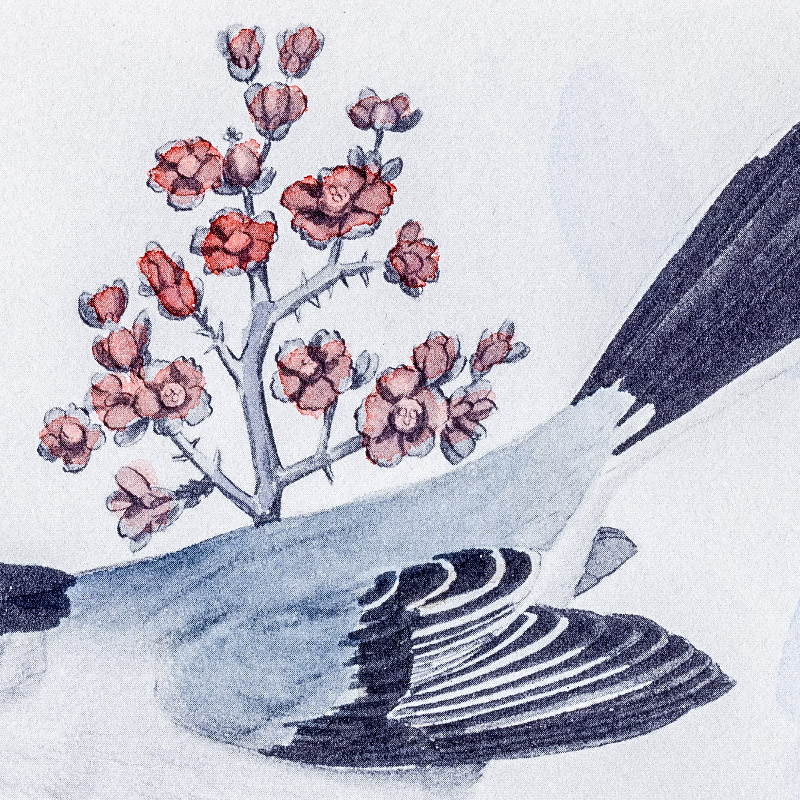
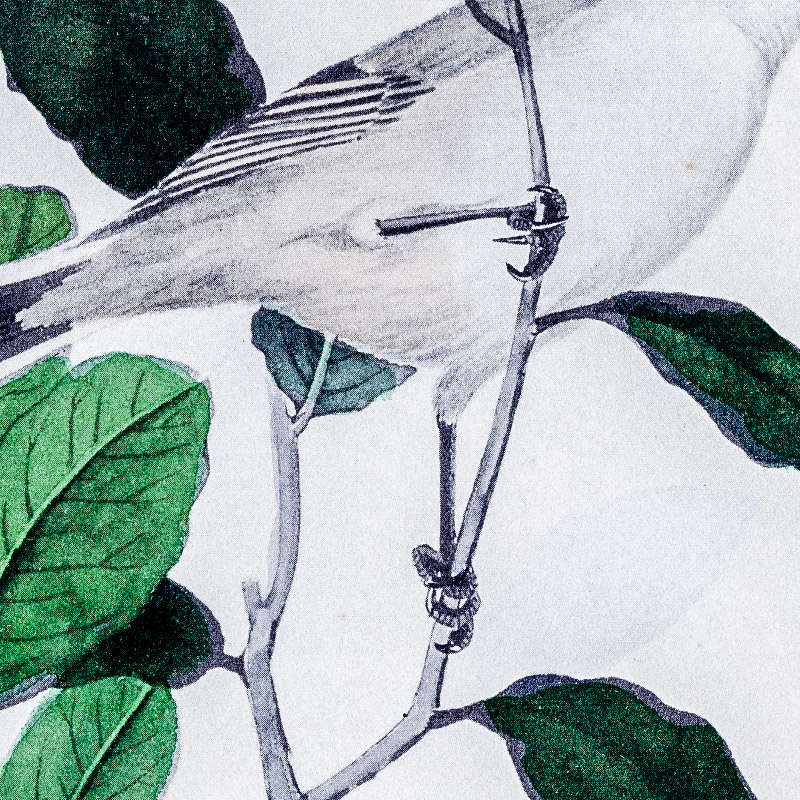

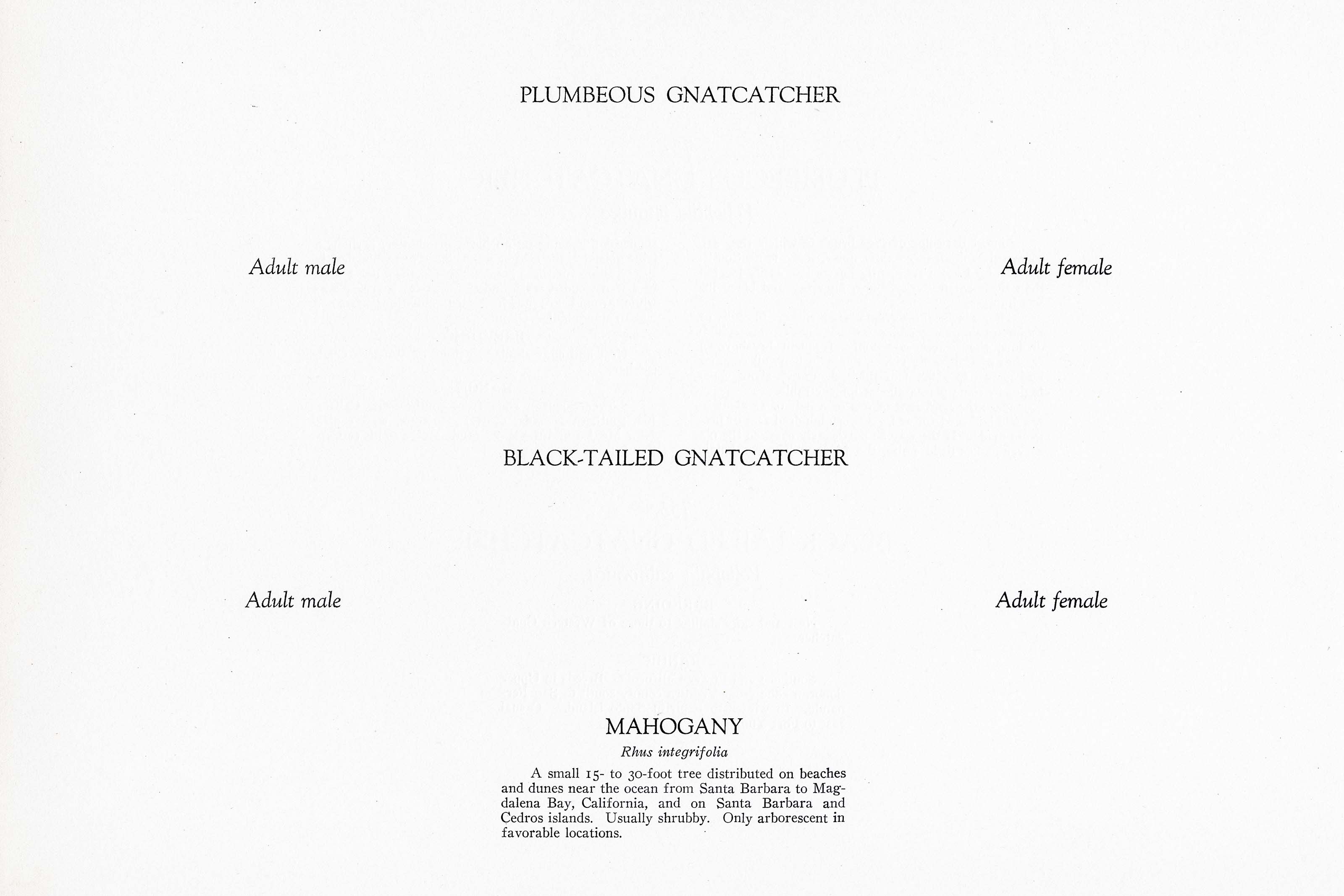
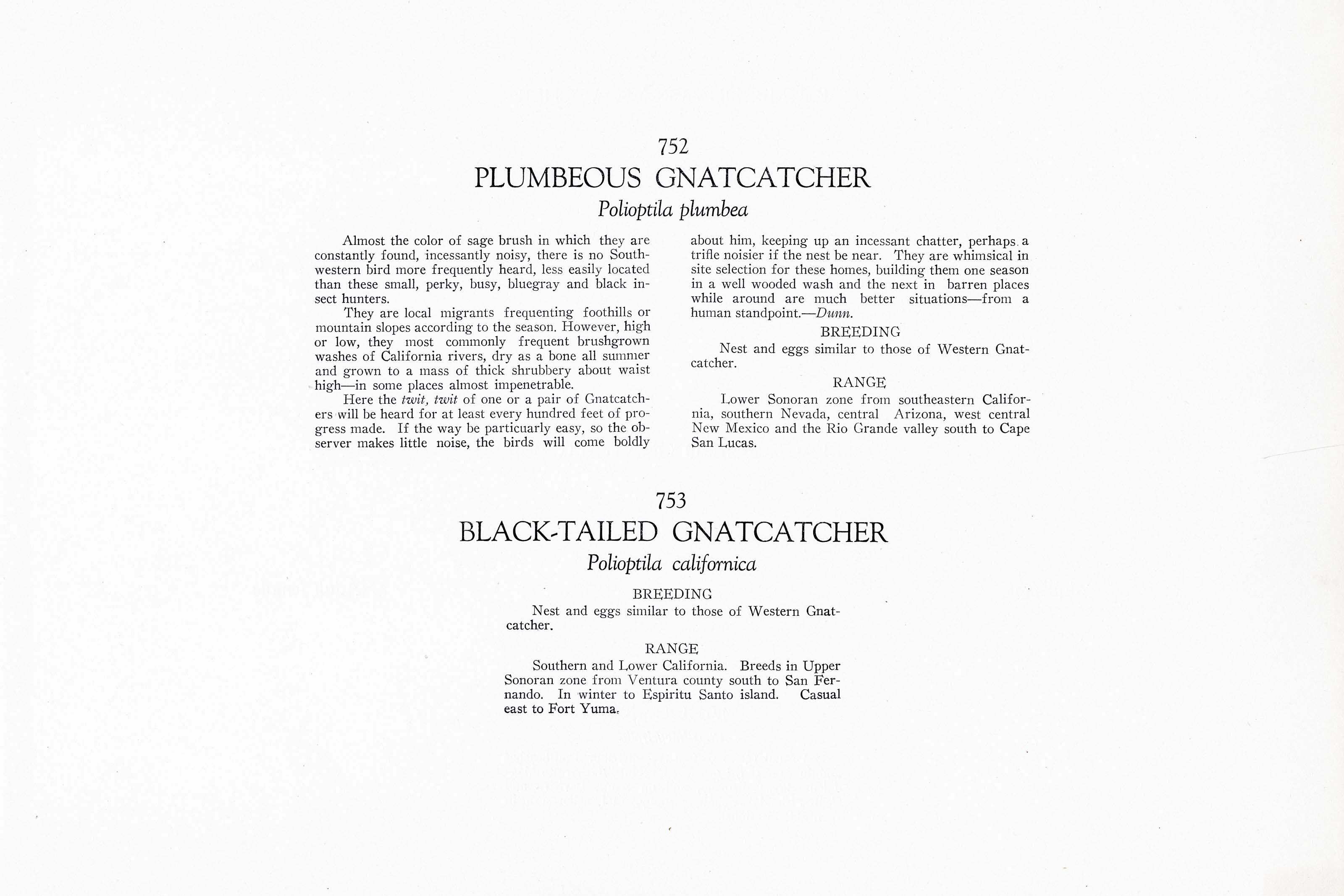

1911
1929
12
752-753
A team of dedicated board members, volunteers, and student interns has published every page in Volume 9. This volume includes 360 images of paintings and lyrical descriptions of birds, now available online for everyone to enjoy anywhere in the world. This is a monumental task. Each volume requires approximately 400 hours to photograph, edit, transcribe, catalog, and publish online. We need your support to complete this work.
If you're tech-savvy, have a good eye, are meticulous with details, and love structured data, please consider volunteering by emailing us at hello@rexbrasher.org.
We encourage all bird lovers and supporters to consider a monetary donation to support our mission to make Rex's work available for everyone. You can provide a one-time or recurring donation online.
Almost the color of sage brush in which they are constantly found, incessantly noisy, there is no Southwestern bird more frequently heard, less easily located than these small, perky, busy, bluegray and black insect hunters.
They are local migrants frequenting foothills or mountain slopes according to the season. However, high or low, they most commonly frequent brushgrown washes of California rivers, dry as a bone all summer and grown to a mass of thick shrubbery about waist high — in some places almost impenetrable.
Here the twit, twit of one or a pair of Gnatcatchers will be heard for at least every hundred feet of progress made. If the way be particuarly easy, so the observer makes little noise, the birds will come boldly about him, keeping up an incessant chatter, perhaps a trifle noisier if the nest be near. They are whimsical in site selection for these homes, building them one season in a well wooded wash and the next in barren places while around are much better situations — from a human standpoint. —Dunn.
Nest and eggs similar to those of Western Gnatcatcher.
Lower Sonoran zone from southeastern California, southern Nevada, central Arizona, west central New Mexico and the Rio Grande valley south to Cape San Lucas.
Nest and eggs similar to those of Western Gnatcatcher.
Southern and Lower California. Breeds in Upper Sonoran zone from Ventura county south to San Fernando. In winter to Espiritu Santo island. Casual east to Fort Yuma.
A small 15- to 30-foot tree distributed on beaches and dunes near the ocean from Santa Barbara to Magdalena Bay, California, and on Santa Barbara and Cedros islands. Usually shrubby. Only arborescent in favorable locations.